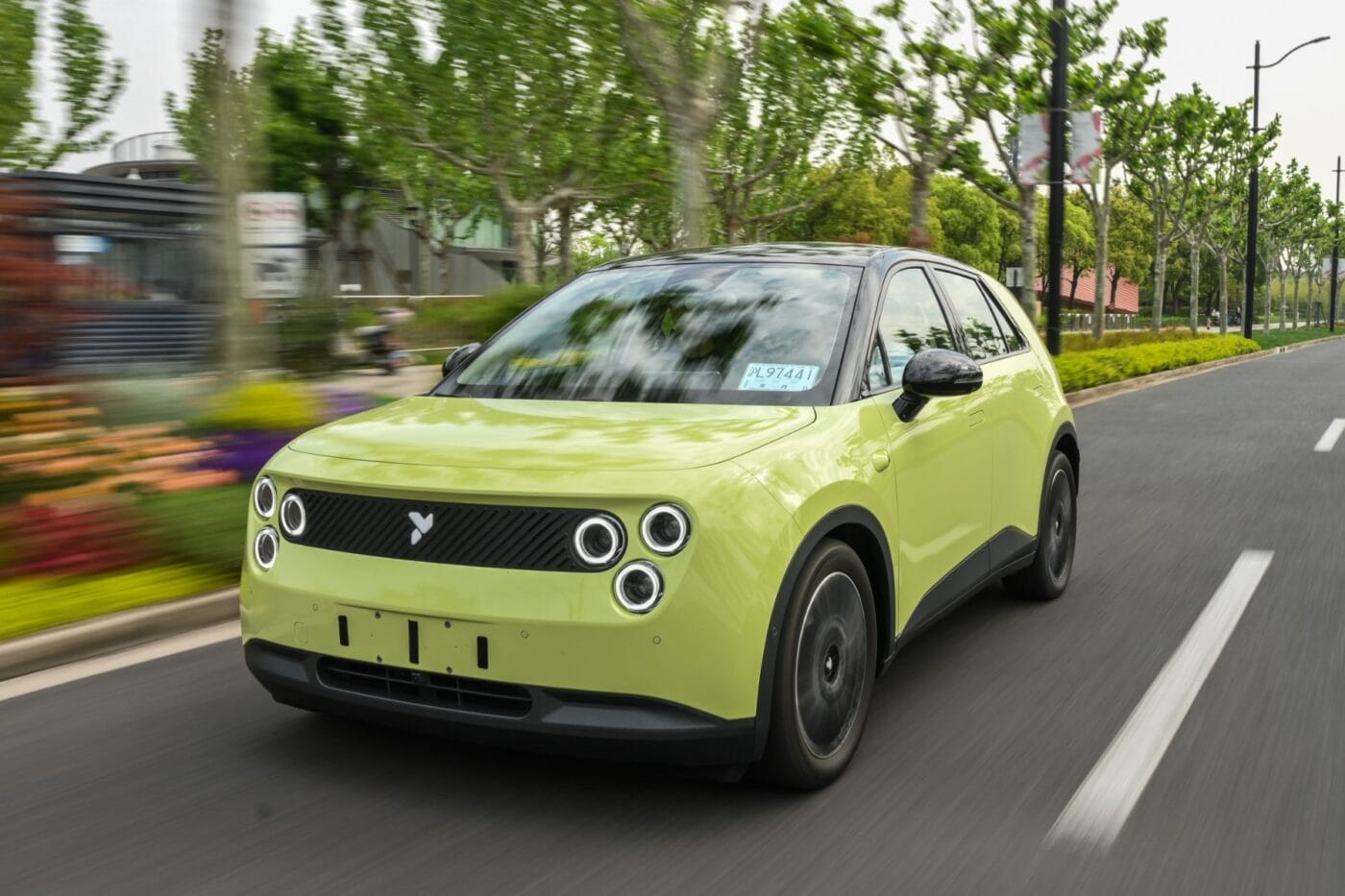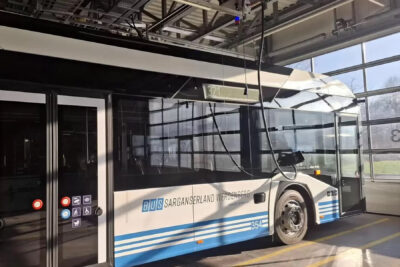New Energy Vehicle segment in China continues to grow
The 1,329,000 new energy vehicles (including BEVs, PHEVs and FCEVs) in June represent an increase of 26.7 per cent compared to the same month last year and 1.68 per cent compared to May. Caution: The data from the China Association of Automobile Manufacturers (CAAM) includes sales of all vehicles manufactured in China; in addition to passenger cars, this also includes commercial vehicles and vehicles that are exported. These are the so-called wholesale sales.
However, even without exports, the number of new energy vehicles remaining in China reached a new annual high of 1.124 million units – in June 2025, this was 16.8 per cent more than a year ago and 2.7 per cent more than in May. This means that 205,000 new energy vehicles were exported (+140%), of which 130,000 were BEVs (+100%) and 75,000 PHEVs (+240%).
Within wholesale sales of new energy vehicles, the majority were battery electric vehicles: 859,000 BEVs also represent the highest figure of the year to date – 40.4 per cent more than in June 2024 and 3.0 per cent more than in May 2025. Plug-in hybrids, which also include range extender models (EREVs), have recently made up a lot of ground in China. However, at 470,000 PHEVs, sales here only rose by 7.8 per cent compared to the previous year and even fell slightly compared to May (-0.63%). If the figures for BEVs and PHEVs are added together, the result is already 1.329 million units – vehicles with fuel cells therefore accounted for fewer than 1,000 sales.
Across all drive types, sales totalled 2.904 million vehicles, which corresponds to an increase of 13.8 per cent compared to the previous year and 8.1 per cent compared to May. The 859,000 BEVs therefore represent an electric share of 29.6 per cent, while new energy vehicles account for 45.8 per cent of sales. In May, the NEV share was already 48.7 per cent, compared to 41.1 per cent in the previous year.
BYD is the undisputed leader among manufacturers and, like the market as a whole, achieved the best monthly result of the current year so far in June, albeit by a narrow margin. The market leader achieved 382,585 New Energy Vehicles, 12 per cent more than the previous year and only slightly more than in May ,with an increase of 0.03 per cent. However, these sales could have come at a high price: As reported, BYD launched a new price war at the end of May and granted large discounts on many models. The figures should therefore be treated with caution, as there are also reports of growing overcapacity at BYD. For the sake of completeness: BYD’s sales of electric cars increased by 42.5 per cent year-on-year and 1.2 per cent compared to May to 206,884 vehicles, while sales of plug-in hybrids fell to 170,744 – 12.5 per cent below the previous year and one per cent below May.
Tesla was able to sell 61,484 electric cars in China in June, which, mind you, are retail sales – i.e. vehicles sold in China. This is 3.75 per cent more than in the previous year and the second-best China sales of the year. However, for the first half of the year as a whole, Tesla’s sales in China were 5.4 per cent down on the previous year at 263,410 vehicles. In addition, 10,115 Teslas built in Giga Shanghai were exported.
The Geely Group sold 122,367 New Energy Vehicles in June, 86 per cent more than in the previous year. NEVs thus made a significant contribution to the Group’s growth (+42 per cent to 236,036 units). Within Geely, which also sells new energy vehicles under the Geely Galaxy brand, the newly formed Zeekr Group contributed 43,012 vehicles – including 26,310 from Lynk&Co and 16,702 from the Zeekr brand, fewer than in May.
Xiaomi sales fall compared to May
Among the other brands, Leapmotor was able to continue the positive development of recent months and achieved the best month in the company’s history in June with 48,006 NEVs – 138 per cent above the previous year and 6.5 per cent above the previous record from May. Xpeng recorded 34,611 sales (+224% compared to June 2024) and achieved six-figure sales for the first time in a quarter (with 103,181 vehicles in Q2). At Nio, on the other hand, growth in June was lower at 17.5 per cent year-on-year, but the company still achieved a good result with 24,925 units. 14,593 vehicles were attributable to the Nio brand, 6,400 to Onvo and 3,932 to Firefly.
At Xiaomi, which has been dominating the headlines recently, the situation regarding deliveries remains rather vague as usual: the company does not provide any specific figures, only stating that it delivered over 25,000 vehicles in June. However, ‘over 25,000’ suggests that Xiaomi remained below the ‘over 28,000 units’ reported for May, although it is not possible to say for sure. Xiaomi is continuing to ramp up its production and recently launched its second model, the YU7 electric SUV.
Li Auto, a startup specialising primarily in range extender models, which had attracted attention with enormous growth figures in the previous year, recorded 36,279 sales in June, 24 per cent below the previous year and 11.2 per cent less than in May. According to data compiled by CN EV Post, it was the first time in five years that Li Auto’s June sales fell year-on-year.
Chery, on the other hand, saw strong growth in June: 71,582 NEVs represent a year-on-year increase of 59.6 per cent. However, the car manufacturer delivered a total of 219,044 vehicles, meaning that it only achieved around a third of its sales with new energy vehicles.
cnevpost.com (CAAM), cnevpost.com (BYD), cnevpost.com (Tesla), cnevpost.com (Zeekr), gasgoo.com (Geely), cnevpost.com (Leapmotor), xiaopeng.com (Xpeng), nio.com (Nio), cnevpost.com (Xiaomi), cnevpost.com (Li Auto), gasgoo.com (Chery)





0 Comments